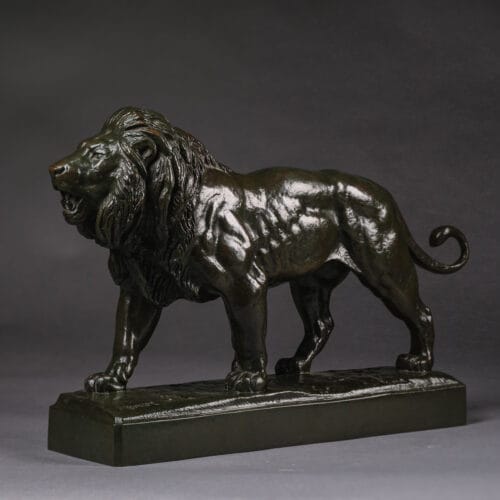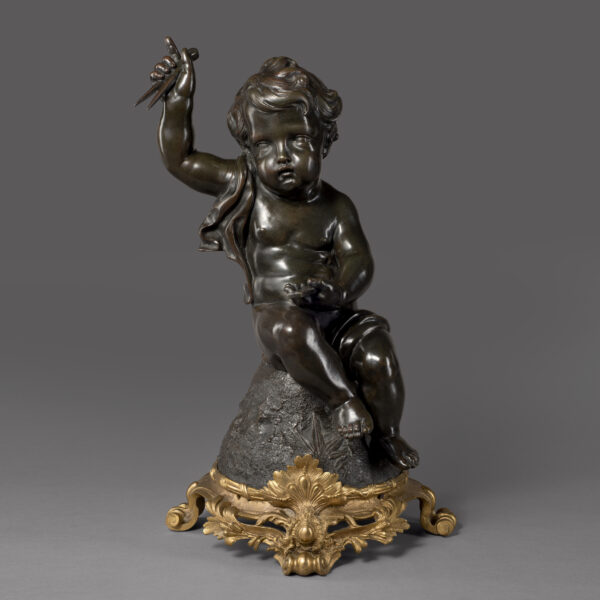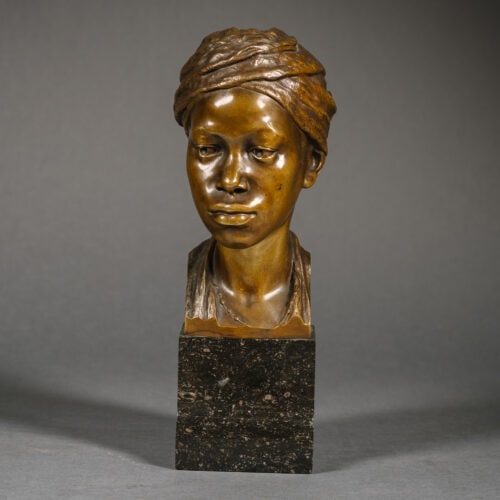Alfred Boucher (French, 1850-1934)
‘Diana the Huntress’, A Near Lifesize Statuary Marble Group
£75,000
Alfred Boucher (French, 1850-1934), ‘Diana the Huntress’, A Near Lifesize Statuary Marble Group. Modelled with head turned looking to her left,...
Размеры
Height: 124 cm (49 in)Ширина: 80 см (32 дюйма)
Depth: 53 cm (21 in)
Описание
Alfred Boucher (French, 1850-1934), ‘Diana the Huntress’, A Near Lifesize Statuary Marble Group.
Modelled with head turned looking to her left, striding forward holding the greyhound by its collar with her right hand and a giltwood bow in her left hand. On an integral carved base with foliage support.
Signed ‘A. BOUCHER’
Boucher’s choice of pose is deliberately indebted to the celebrated mid-16th century painting of Diana the Huntress by an anonymous artist of the School of Fontainebleau.
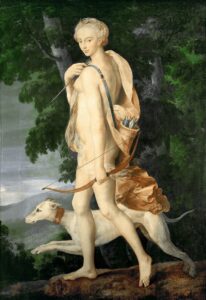
Diana the Huntress, School of Fontainebleau, 1550s. (Public domain, via Wikimedia Commons)
The painting is a mythical representation of Diane de Poitiers, the mistress of King Henry II, in the guise of the goddess Diana, who is shown nude, walking forward beside a greyhound, looking over her left shoulder and holding a bow.
Another clear antecedent for Boucher’s ‘Diane the Huntress’ is the marble statue of Diana by Jean-Antoine Houdon (1741-1828) which was unveiled in 1777 (collection Museu Calouste Gulbenkian).
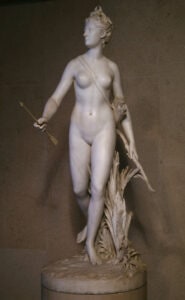
Diana – Jean-Antoine Houdon, Paris, 1780. Marble. Inv. 1390. Gulbenkian Museum, Lisbon
Houdon’s Diana caused a scandal by her complete nudity, which although drawn from classical antiquity, was considered excessive. By the time that Boucher’s conceived his ‘Diana the Huntress’ at the end of the 19th century, he was inspired by Houdon’s version which by then was firmly established as a great masterpiece of French eighteenth-century sculpture. This sensuous depiction of Diana is in keeping with Boucher’s style of female nudes, of which the most famous is Volubilis which exhibit a fin-de-siécle fascination for the myriad of associations around the vulnerability of the nude.
France, Circa 1895.
Дата
Около 1895 года
Происхождение
Франция
Средний
statuary marble
Подпись
Signed 'A. BOUCHER'
Afred Boucher, was one of the most celebrated French sculptors of the late 19th century.
Born in Bouy-sur-Orvin near Nogent-sur-Seine in 1850, he is often referred to as an academic artist, his work, known mostly for its likeness to life and wonderful sense of movement, imbued with an allegorical symbolism, glorifying the labour of everyday man.
Born to modest beginnings, the son of a farmhand, Boucher moved with his parents to to Nogent-sur-Seine, where they become employees of the neo-classical sculptor Joseph-Marius Ramus (1805-1888). Ramus, recognising the boys talent, opened his studio to him and together with Paul Dubois and the mayor of Nogent-sur-Seine, assisted him in receiving a scholarship to attend the École des Beaux-Arts in Paris. At the age of 19, Boucher moved to Paris to study in the workshop of the sculptor Augustin Dumont at the École des Beaux-Arts and was awarded with his first medal at the Salon of 1874.
He travelled several times to Italy, where, surrounded by the works of antiquity, he was able to refine his skills and widen his knowledge. He spent two periods of time in Florence and in Rome, first from 1877-1878 and then five years later from 1883-1884.
He is perhaps best known for his bronze work entitled ‚‘Au But‚’ or ‚‘To The Goal‚’. In 1886 Boucher entered ‘Au But’ in the Prix de Salon, where it was received to great acclaim and a première classe medal. Boucher was commissioned in 1887 to complete a larger version in bronze for the Luxemburg Gardens in front of the Sénat. He was then awarded with a golden medal at the Exposition Universelle in 1889.
His prolific output included busts of artists and politicians, statues and public monuments. His work reflected his classical training and interests, but embodied a modern aesthetic, one of symbolism and expression that characterised the transition from the 19th to the 20th century.
Jacques Piette, Alfred Boucher 1850-1934: L’oeuvre sculpté, catalogue raisonné, Paris, 2014, p. pp. 166-167, no. A36.
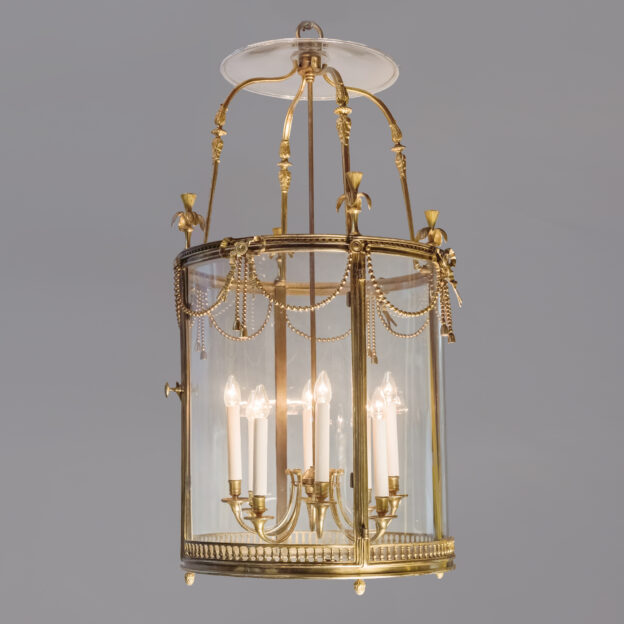




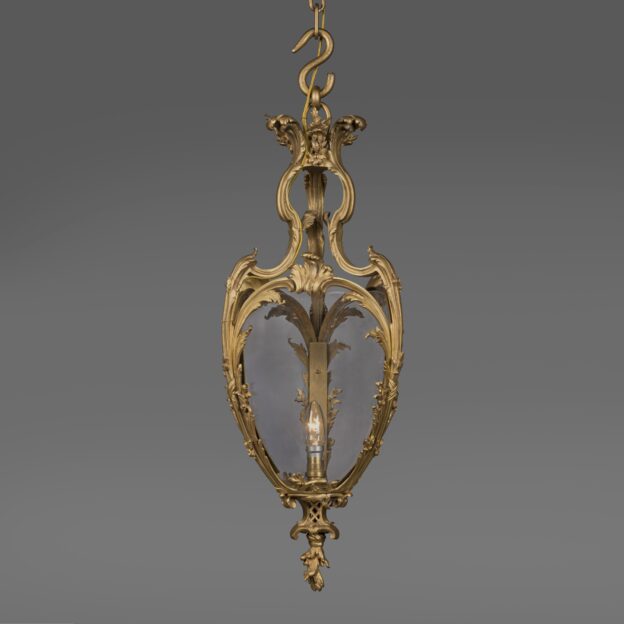
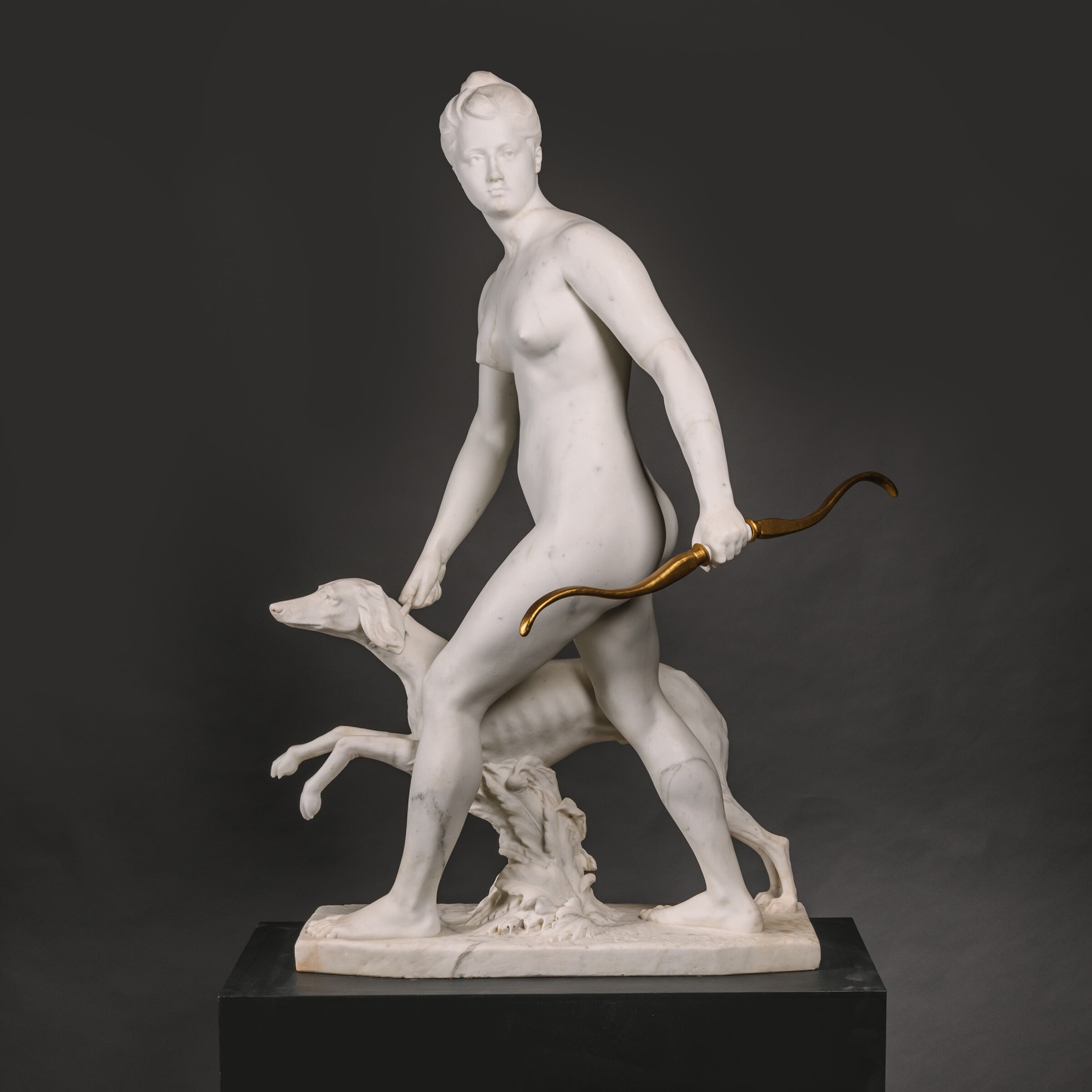
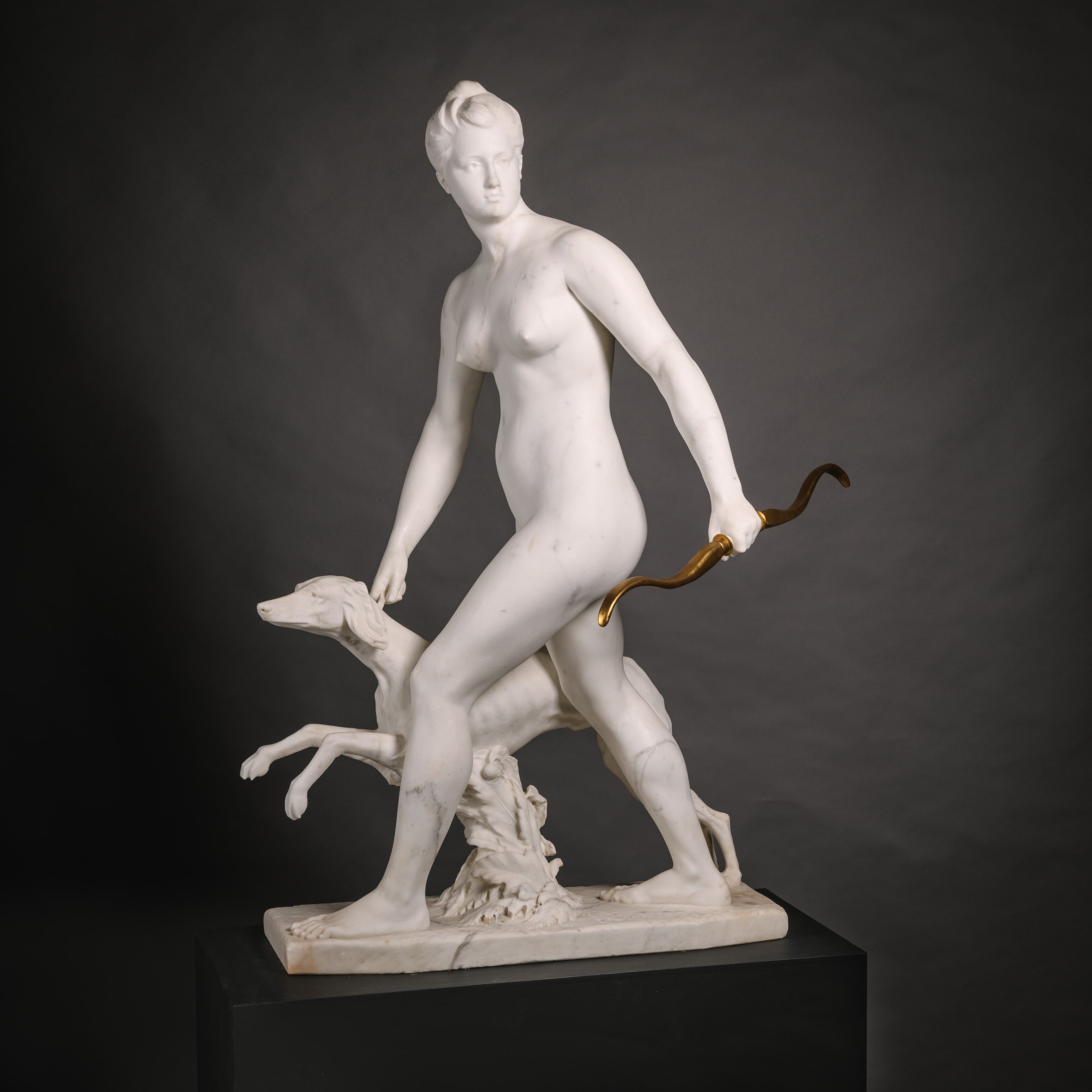
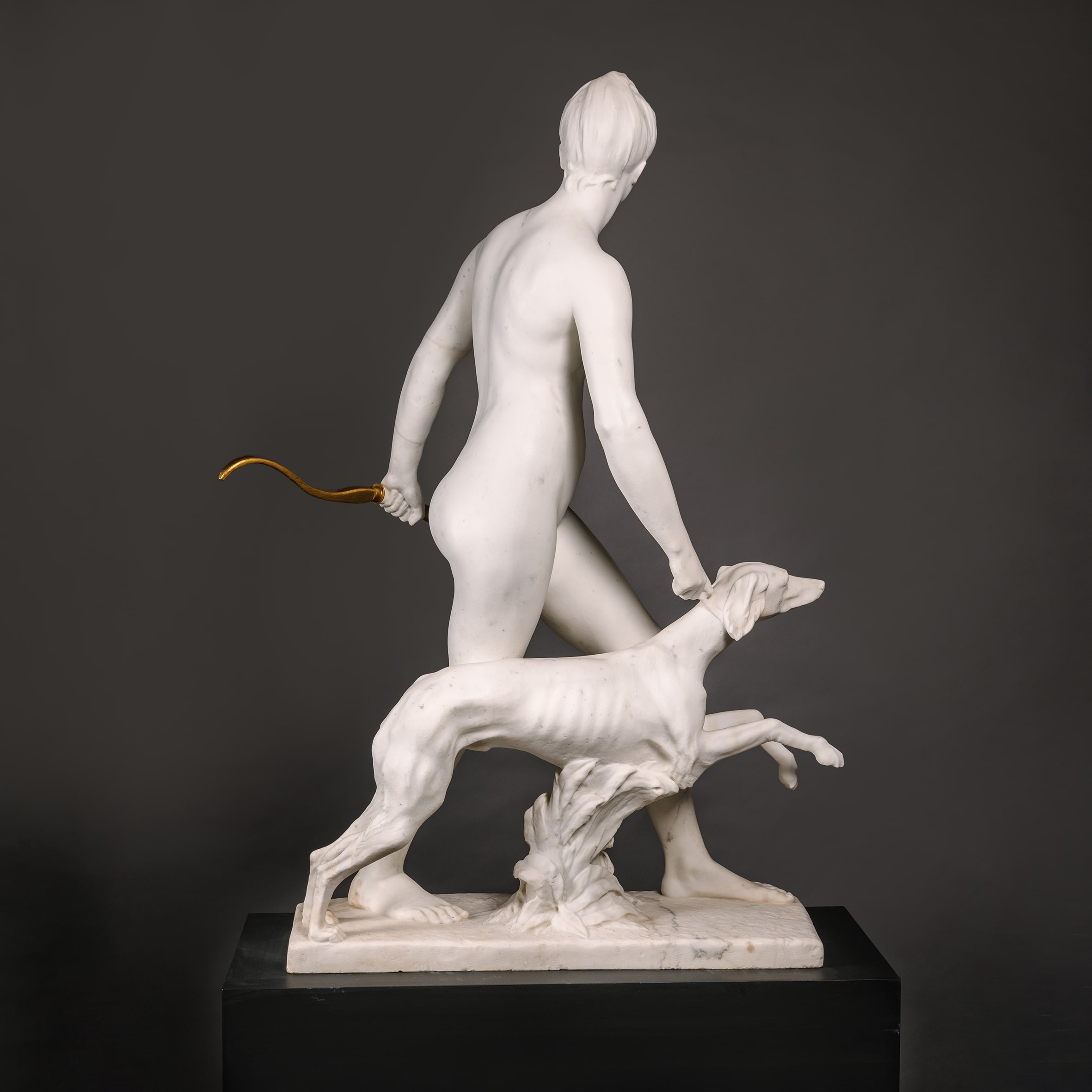
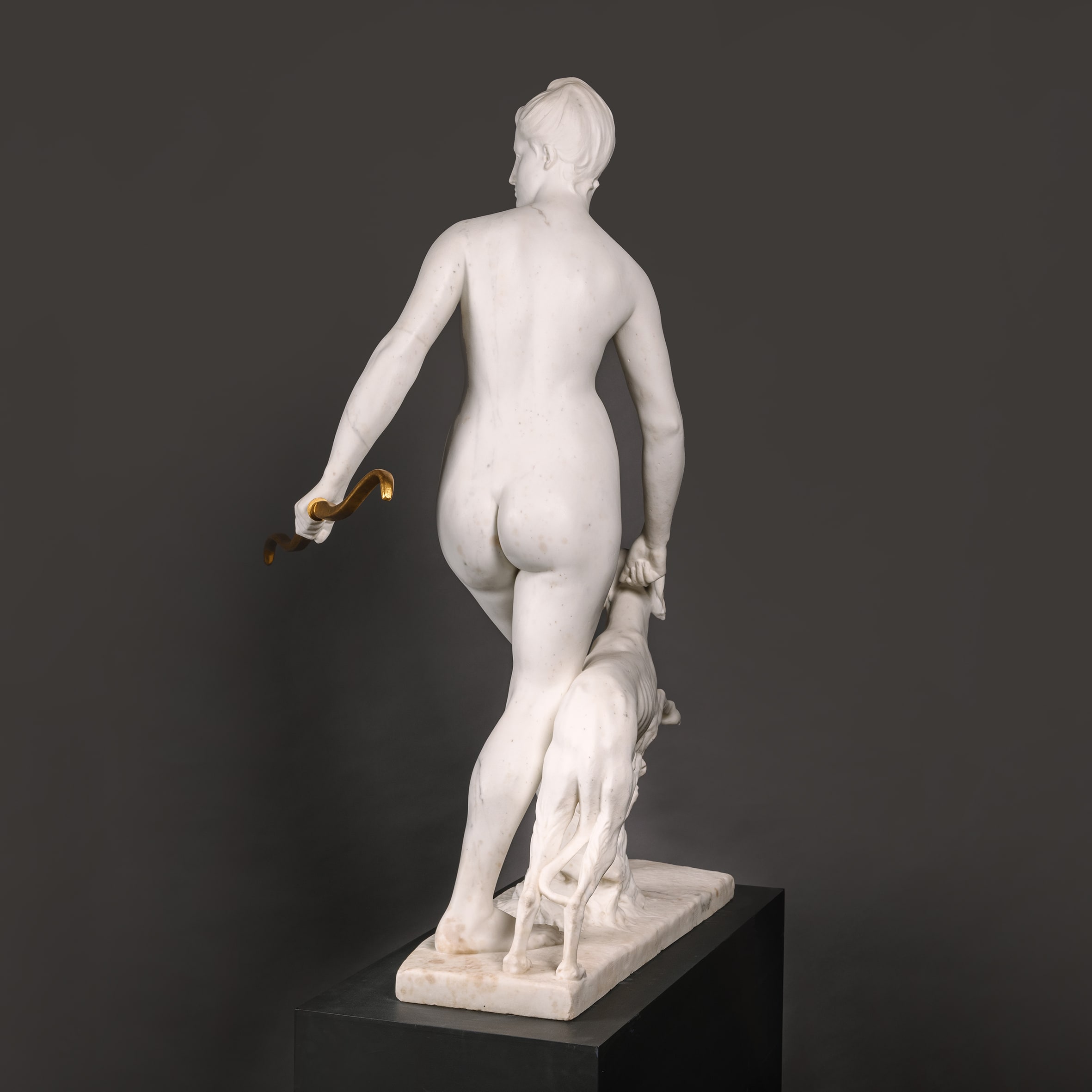
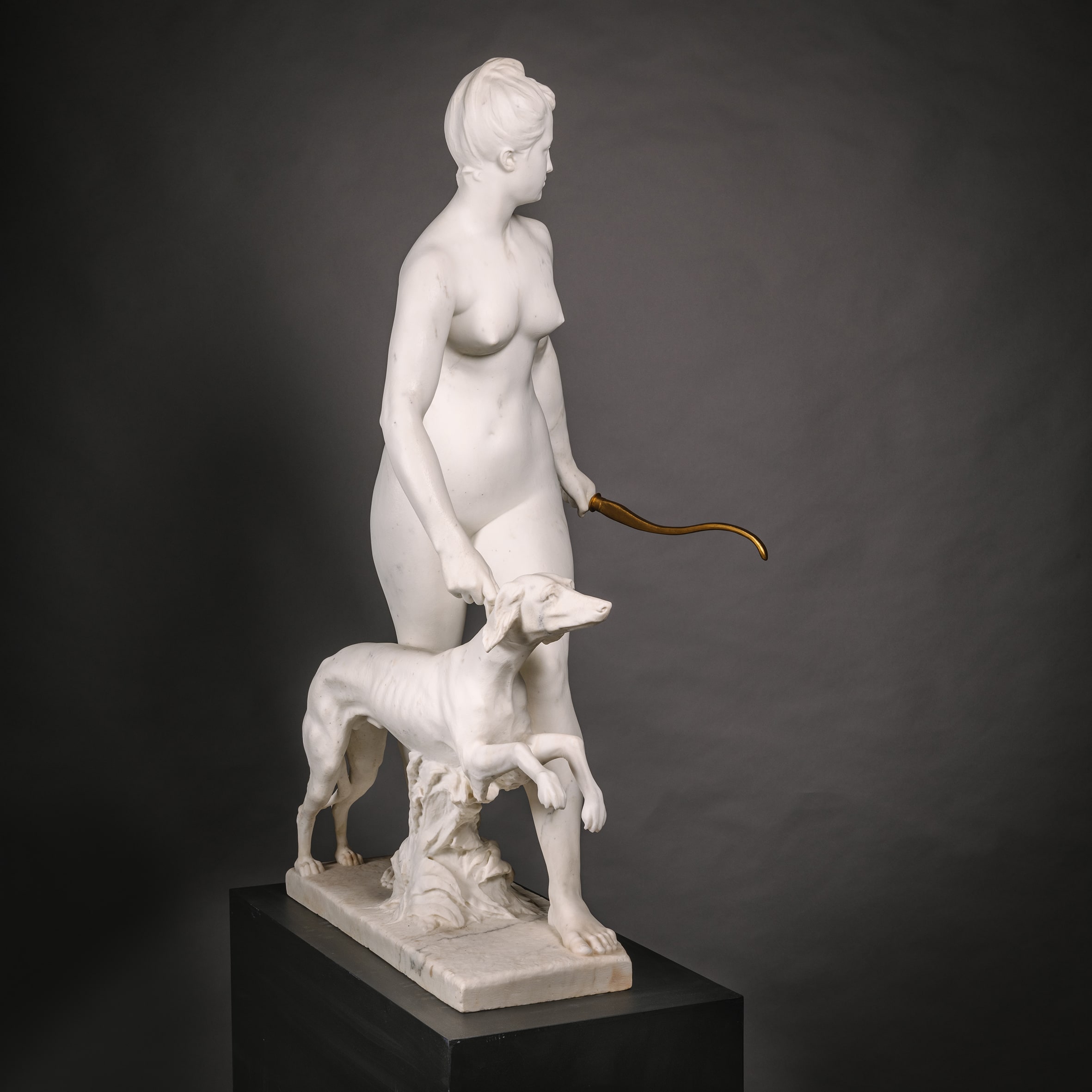
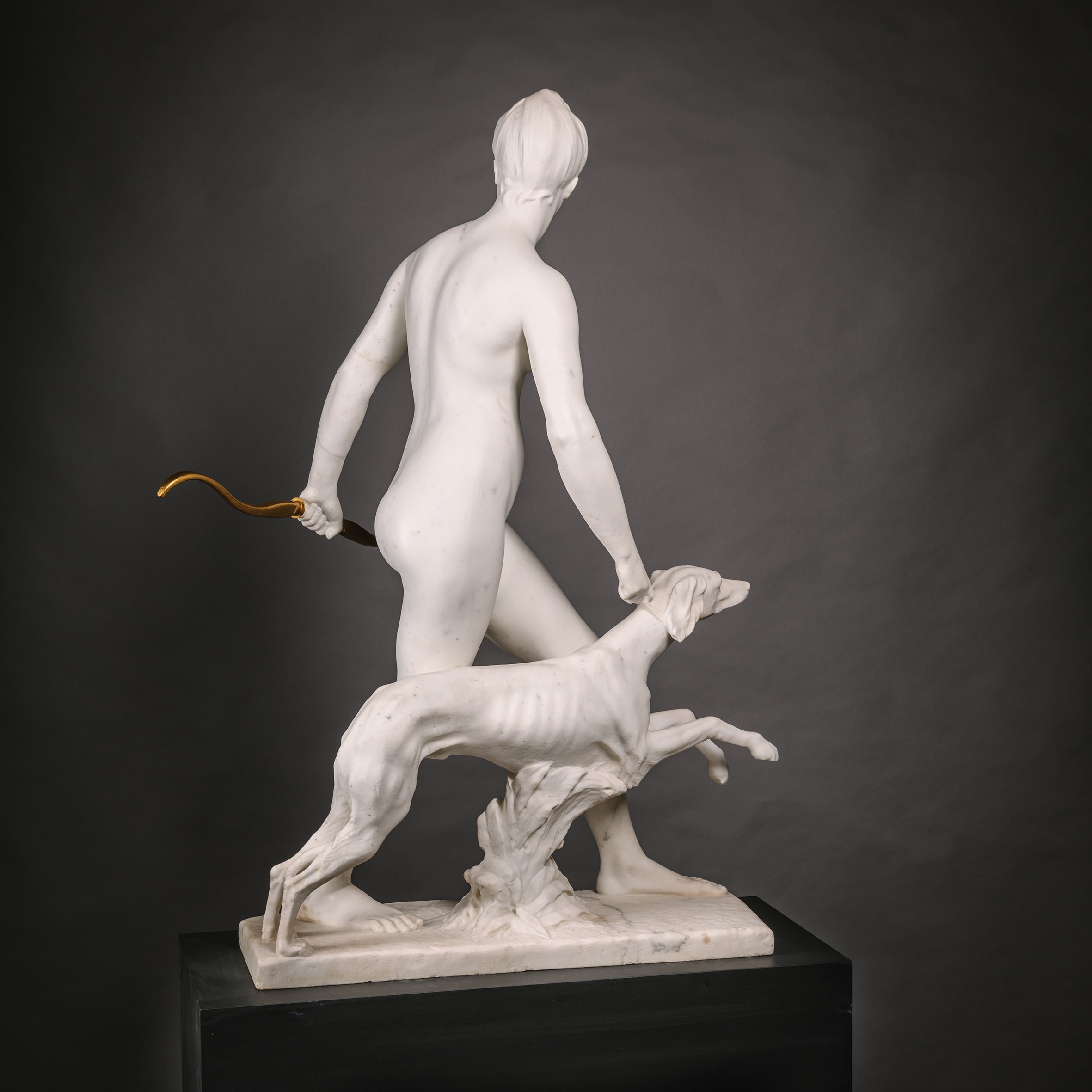
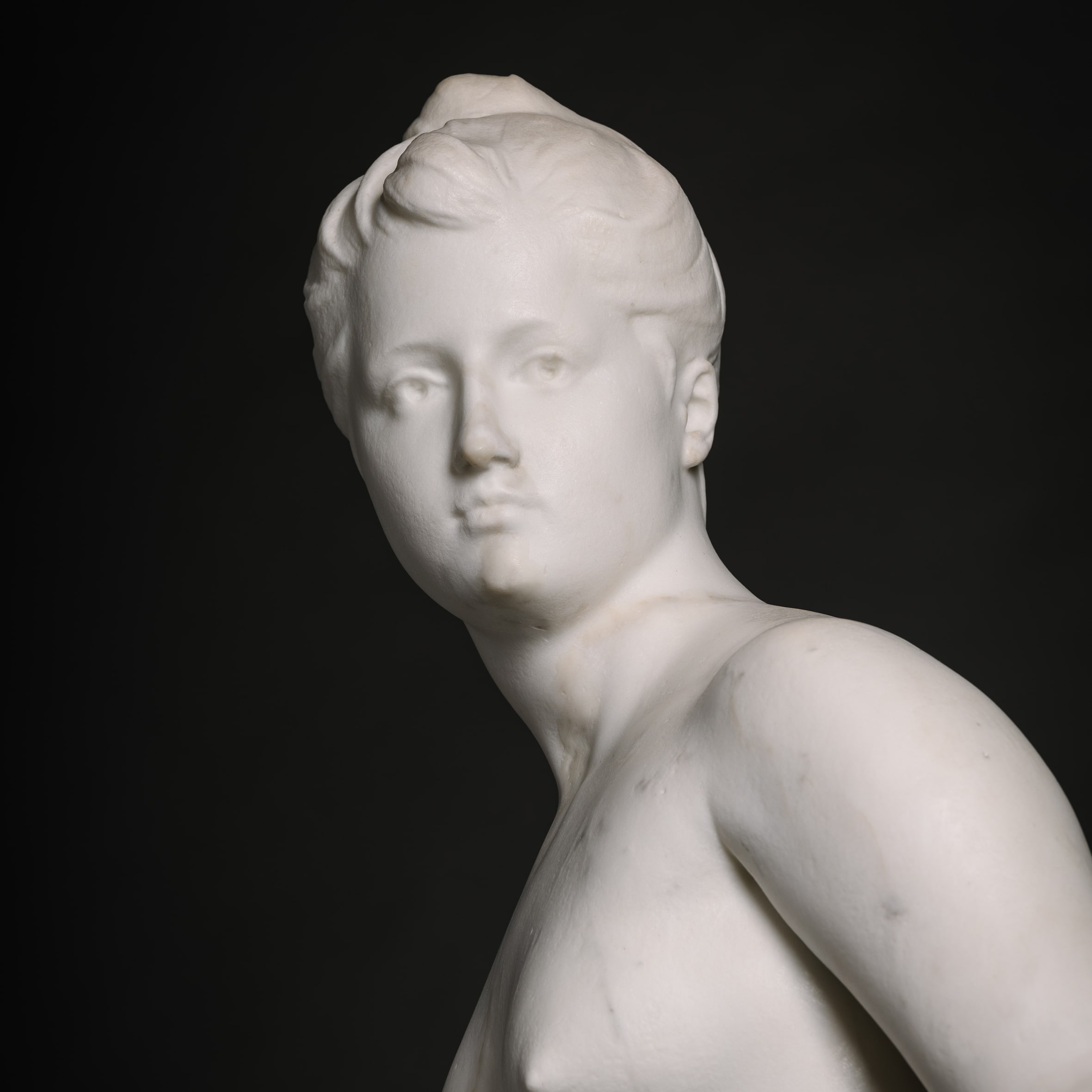
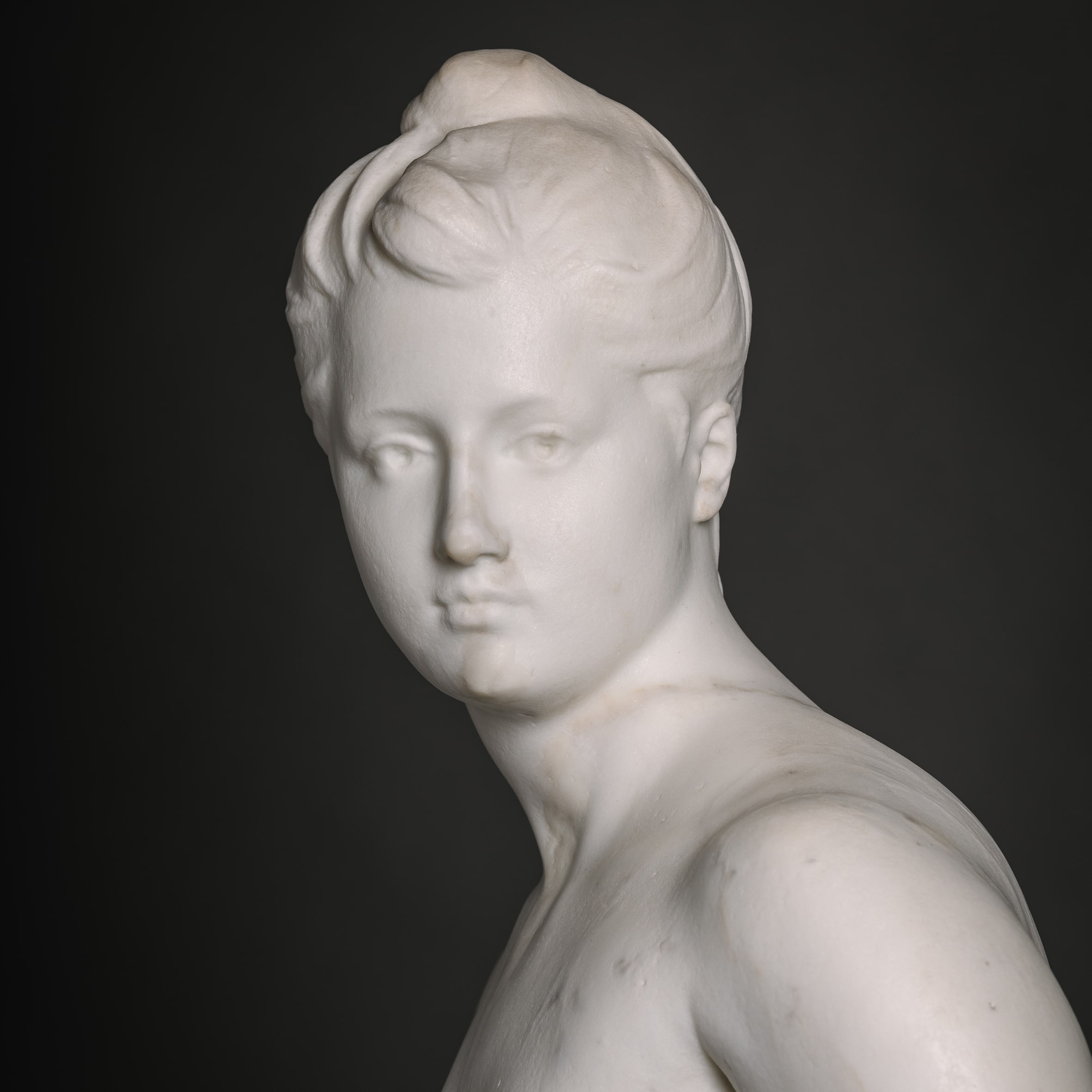
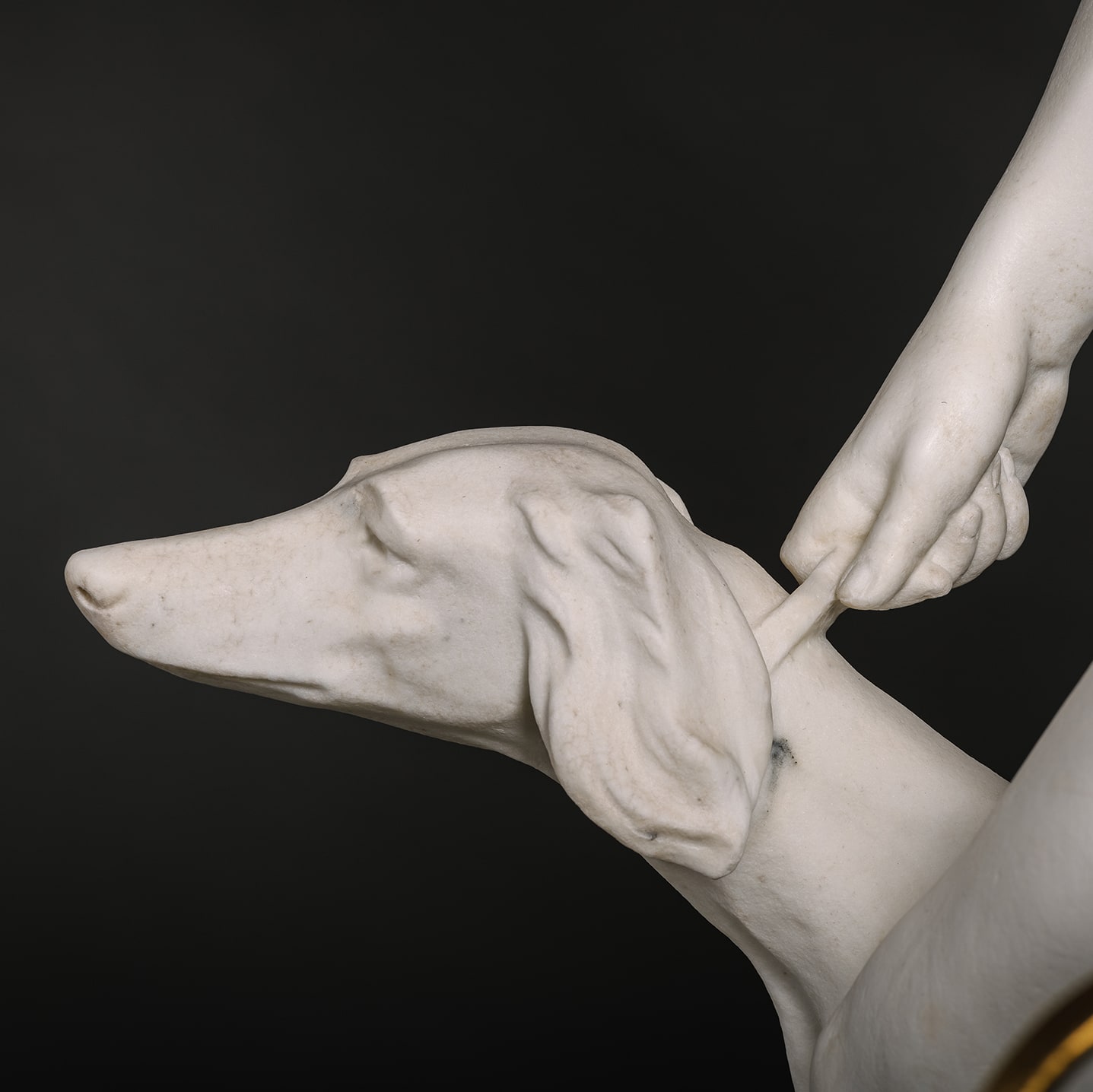
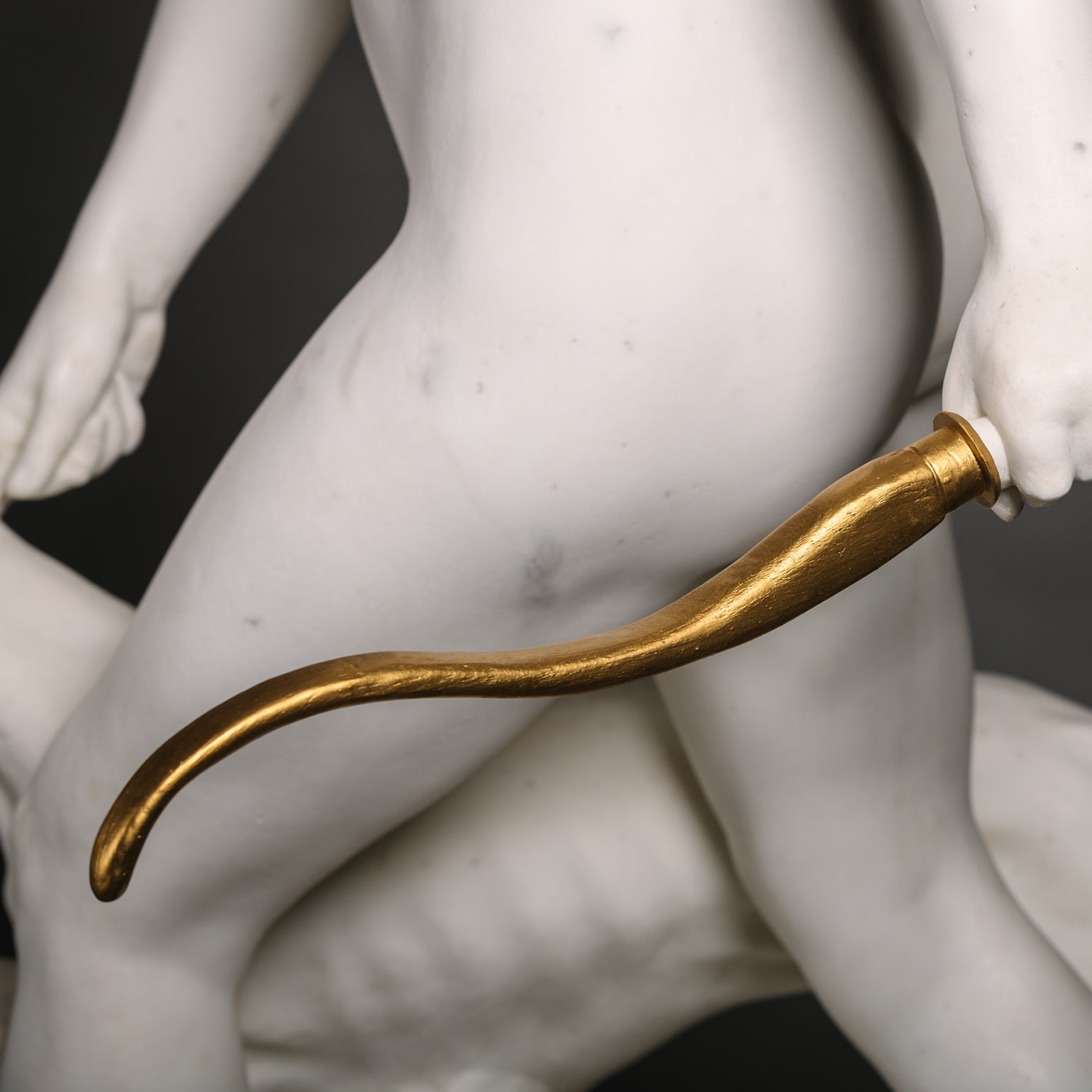
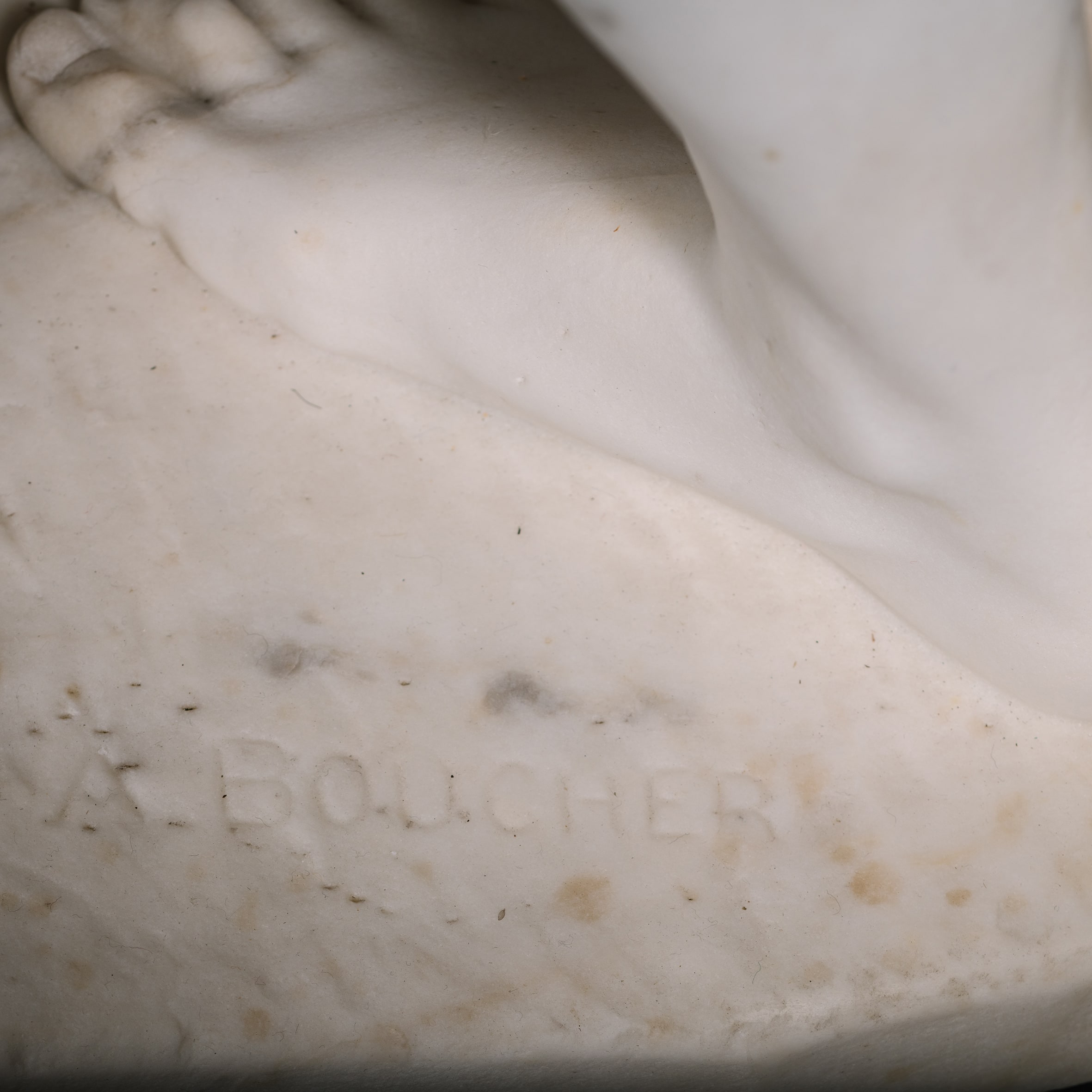

 Печать
Печать